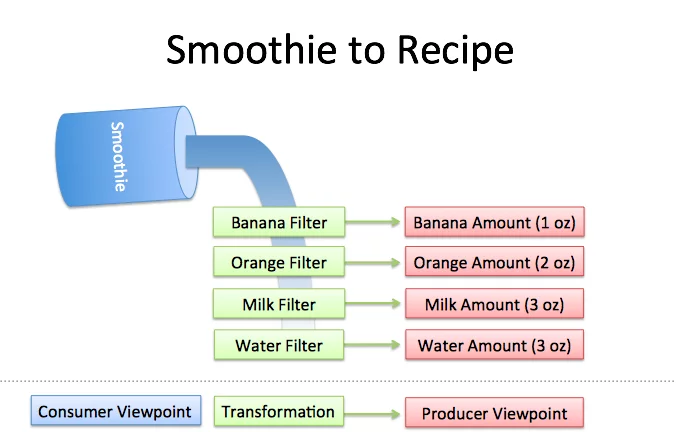🕸 Wired for Sound
 WORK IN PROGRESS!!
WORK IN PROGRESS!!
The Solitary Reaper
Have you read this poem, The Solitary Reaper? (Web Link)
“The Solitary Reaper” is a ballad by English Romantic poet William Wordsworth, and one of his best-known works.[^1] The poem was inspired by his and his sister Dorothy’s stay at the village of Strathyre in the parish of Balquhidder in Scotland in September 1803.
’“The Solitary Reaper is one of Wordsworth’s most famous post-Lyrical Ballads lyrics”.The words of the reaper’s song are incomprehensible to the speaker, so his attention is free to focus on the tone, expressive beauty, and the blissful mood it creates in him. The poem functions to ’praise the beauty of music and its fluid expressive beauty, the “spontaneous overflow of powerful feelings” that Wordsworth identified at the heart of poetry.The poet orders or requests his listeners to behold a young maiden reaping and singing to herself. The poet says that anyone passing by should either stop or gently pass as not to disturb her.
Playing with Sound
Some dreaded trigonometry first! With Wires and Tubes, to boot!
Measuring the Length of Sound
Get this Android app:
https://play.google.com/store/apps/details?id=com.keuwl.functiongenerator&hl=en
iPhone folks: please find a similar app or team up with an “Android partner”.
Tap on things and objects around you to find out what is the frequency it “rings” at. You may need to match what you hear on the object with what you hear on the app. Once you seem to “hear a match”, note the Frequency on the app, and measure the “length” of the object.
Bring these readings in a data table to class!
Acoustic Smoothie Maker

An Intuitive Explanation of the Fourier Series ! We will see that the Fourier series is a set of Vectors rotating at different speeds, that help to make different kinds of waves ( sound, in our case).
Go to: (Web Link) and make some sine cosine fine smoothies !!
https://betterexplained.com/articles/an-interactive-guide-to-the-fourier-transform/
I think that My Head is Spinning at 33 1/3 RPM !!!
Let’s head over to:
https://mathlets.org/mathlets/fourier-coefficients/
Play with the animations to add sinewaves at different frequencies and see how closely you can make that weird waveform!
Online Music Maker
Head off to:
You may construct Your Musical Signature as follows:
Choose a favourite Raga from Hindustani or Carnatic music. If you don’t have a favourite raga, choose one that begines with the first letter of your Name. E.g Adana; Bahudari; Charukeshi; Darbar; GaudaMalhar; Hamsadhwani; Janaranjani ; Kalyani; Lathangi; Mohana ; Nayaki; Oormika; Puriya Dhanashri ; Revati ; Saramati ; Thilang…you get the idea.
Using notes ONLY from this raga, create a music sequence on the sequencer that SPELLS OUT YOUR NAME
Change instruments as you go along; add percussion.
Connect the SRGM sargam notation of the Raga to Western CDEFG notation by looking them up below. ( Source is here[^2])
| Carnatic Swara Sthaanams | Western Notes |
|---|---|
| s Shadjam | C |
| r1 Suddha Rishabam | C# |
| r2 Chatusruthi Rishabam | D |
| g1 Sadharana Gandharam | D# |
| g2 Antara Gandharam | E |
| m1 Suddha madyaman | F |
| m2 Prathi madhyamam | F# |
| p Panchamam | G |
| d1 Suddha Daivatham | G# |
| d2 Chatusruti daivatham | A |
| n1 Kaisiki Nishadam | A# |
| n2 Kakali Nishadam | B |
| Hindustani Svar | Western Notes |
|---|---|
| S Shuddha Sa | C |
| r Komal Re | C# |
| R Shuddha Re | D |
| g Komal Ga | D# |
| G Shuddha Ga | E |
| m Shuddha Ma | F |
| M Teevra Ma | F# |
| P Shuddha Pa | G |
| d Komal Dha | G# |
| D Shuddha Dha | A |
| n Komal Ni | A# |
| N Shuddha Ni | B |
- Play it again, Sam !